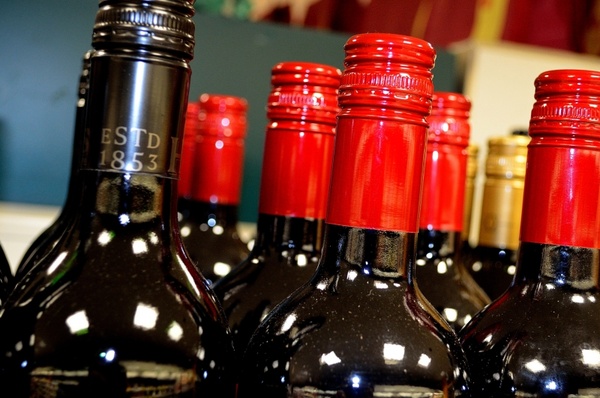I have wanted to get the discussion started about an often ridiculed grape variety, the merlot. Just a decade ago this grape was in demand around the world. We loved it; it paired with so many foods and it was the red wine as chardonnay was the white over the decade.
But as is often the case with mass appeal, merlot and chardonnay got the wrong end of the stick and became so popular they’re longer cool. Merlot’s decline probably isn’t the result of a single factor, but one can’t help but wonder if this out-casting of merlot was possibly bolstered by the impression moviegoers took away from the 2004 movie Sideways and the character Miles’ views on the merlot grape.
Was the American wine drinker reckless in the judgment of merlot? I think so. Yet, despite its passe reputation, merlot sales are on the rise. Some might say wine drinkers are falling back in love with the grape, but I must aver that many of us never fell out of love.
Merlot is often overshadowed by its more distinguished blending partner, the cabernet sauvignon. For centuries, merlot has been the preferred blending partner for cabernet around the world. Its role is quite simple: to take away the hard tannic edge of cabernet sauvignon with its soft gentle roundness. A favorite quote of mine: “Behind almost all great cabernets there will be some merlot lurking somewhere inside the bottle, sweet-talking the tannic cabernet into civility.”
On its own, merlot is generally riper, fleshier and softer than most cabernet sauvignons. Its home is on the sloping hills of St. Emilion, on the right bank of the Gironde estuary in Bordeaux. This is the region where merlot became the finest and most expensive expression of this grape in the world. It is here where merlot was born into its noble reputation. But today this grape flourishes in many vineyards across the world.
THE VALUE
- 2014 Bogle Vineyards Merlot, California (about $12 retail)
THE SPLURGE
- 2013 Duckhorn Vineyards Merlot, California (about $50 retail)
